Country Information
| Sovereign State | Yes |
| Country Codes | RU, RUS, 643 |
| Official Name | Russian Federation |
| Continent | Europe and Asia |
| Capital | Moscow |
| Government Type | Federal semi-presidential constitutional republic |
| Currency | Russian Ruble (RUB) |
| Calling Code | +7 |
| Member Of | United Nations, Council of Europe, OSCE, CIS, BRICS, SCO, Eurasian Economic Union |
| Population | Approximately 146 million (2023 estimate) |
| Total Area | About 17,098,242 square kilometers |
| Highest Point | Mount Elbrus (5,642 meters or 18,510 feet) |
| Lowest Point | Caspian Sea (−28 meters or −92 feet) |
| GDP Per Capita | $11,585 (2022 estimate) |
| Life Expectancy | Approximately 72 years |
| Internet TLD | .ru, .рф |
Russian National Anthem
State Anthem of the Russian Federation
Russia – our sacred state,
Russia – our beloved country.
A mighty will, great glory –
Yours forever for all time!
Be glorious, our free Fatherland,
Ancient union of brotherly peoples,
Ancestor-given wisdom of the people!
Be glorious, country! We are proud of you!
Flags of Neighboring Countries
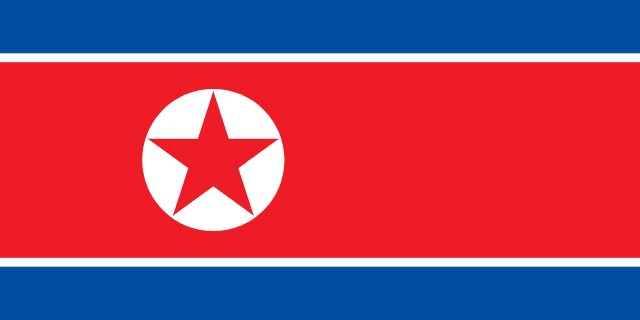
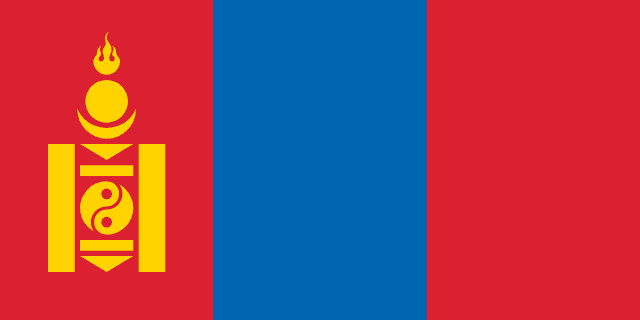
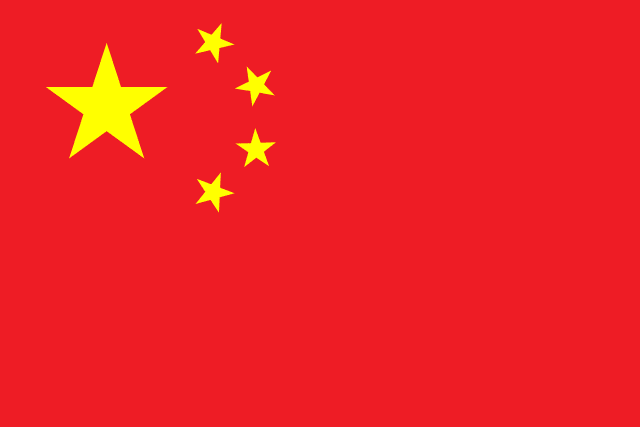
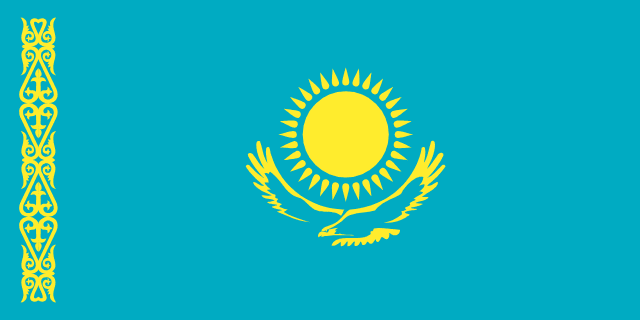
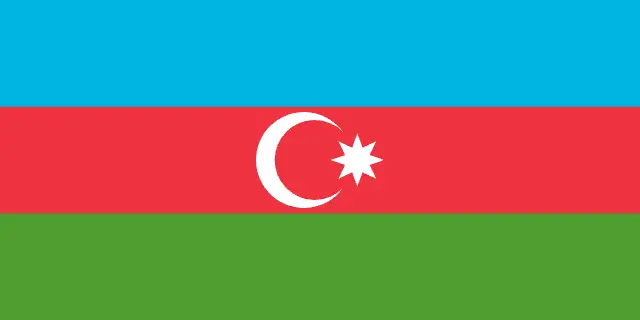
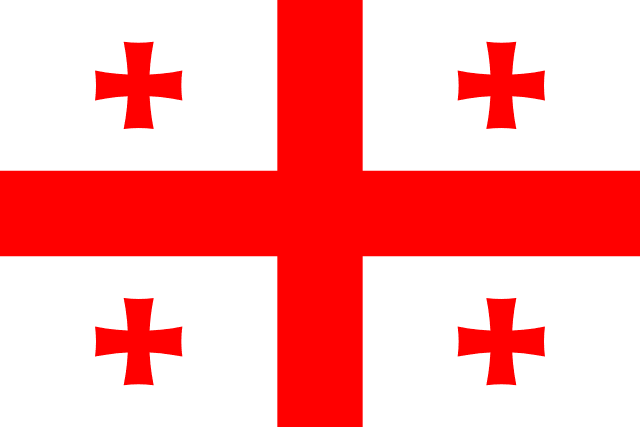


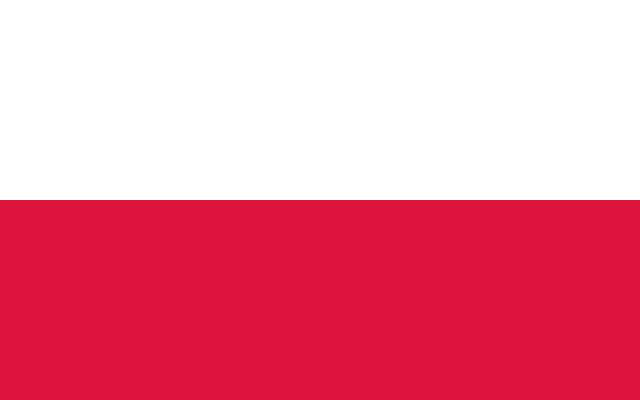
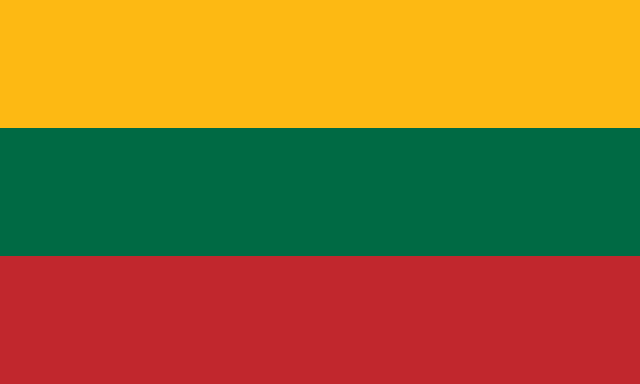
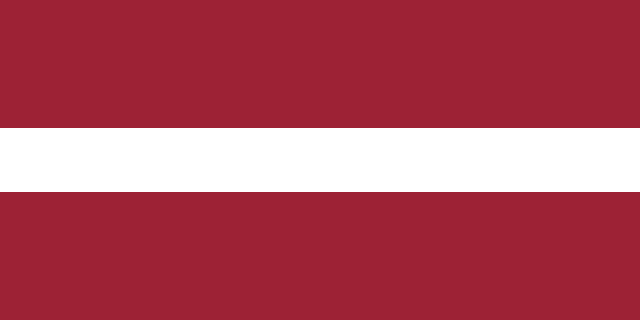

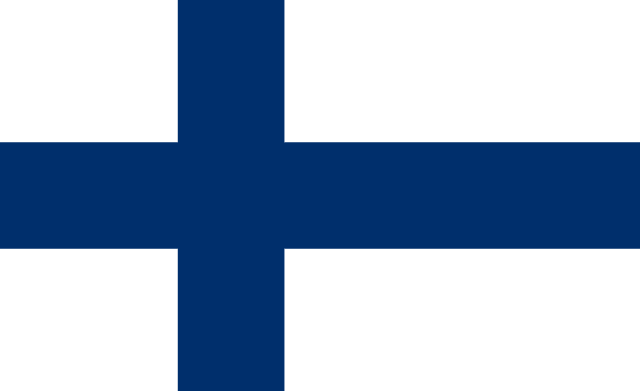
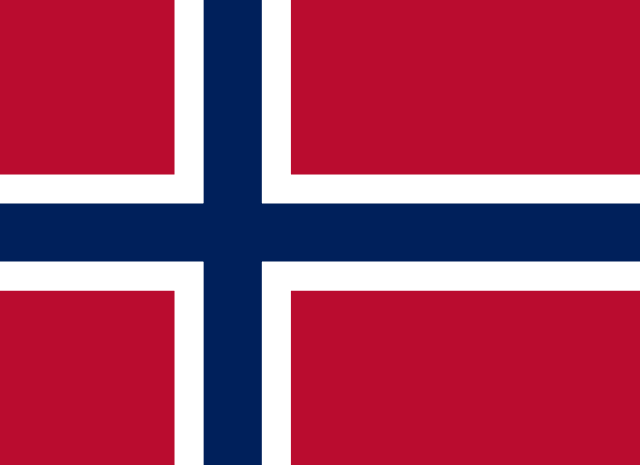
History of the Russian Flag
The history of the Russian flag dates back to the late 17th century. The current flag’s design was first used as an ensign for Russian merchant ships in 1696 under the rule of Tsar Peter the Great. This tricolor of white, blue, and red was inspired by the Dutch flag, reflecting Peter the Great’s efforts to modernize and westernize Russia.
The colors of the flag hold deep symbolism: white represents nobility and honesty, blue for loyalty, faith, and truth, and red for courage, generosity, and love. Over the centuries, this tricolor has been associated with the spirit of the Russian people and their national identity.
Throughout Russian history, the flag has undergone several changes, especially during the Soviet era, when the Soviet flag replaced the tricolor. However, following the dissolution of the Soviet Union in 1991, the Russian Federation readopted the white, blue, and red tricolor as its national flag.
The current flag was officially adopted on December 11, 1993, after the constitutional crisis and is a symbol of Russia’s rich history and cultural heritage. It has witnessed the transformation of Russia from a Tsarist empire to a modern federation. The flag continues to be a source of national pride and unity for Russians, representing their enduring traditions and aspirations for the future.

